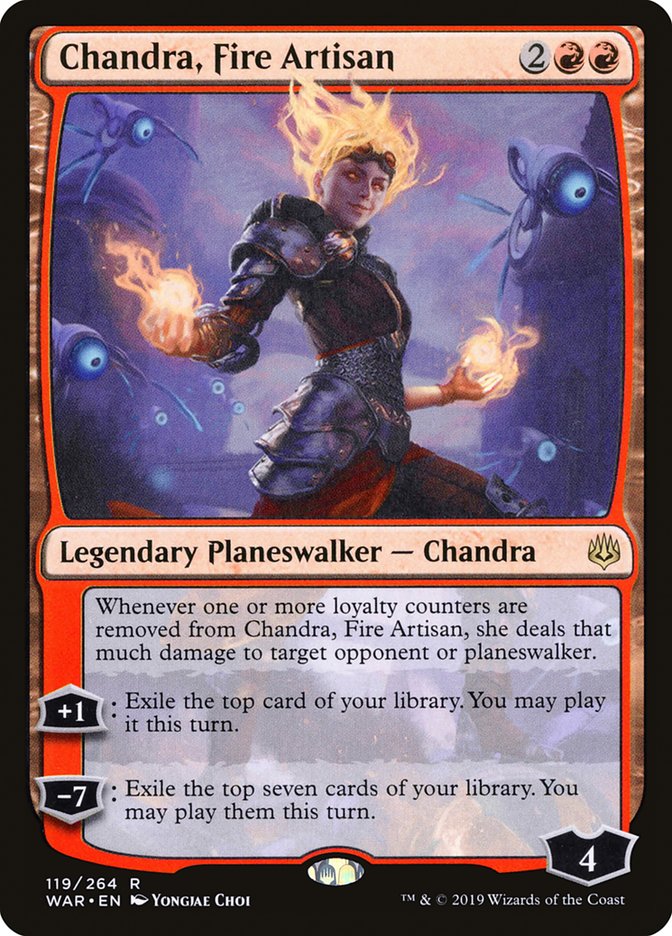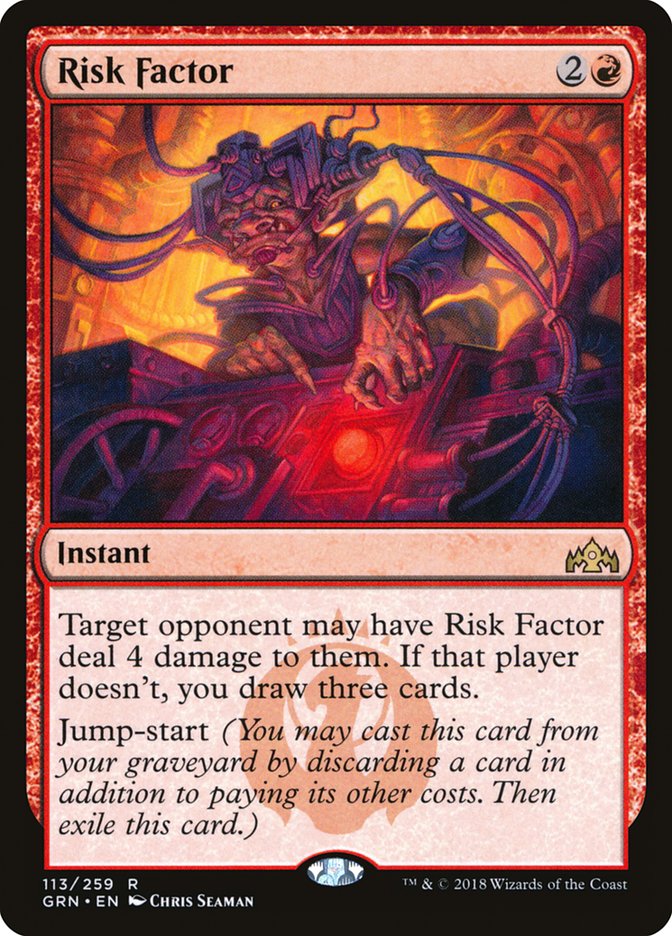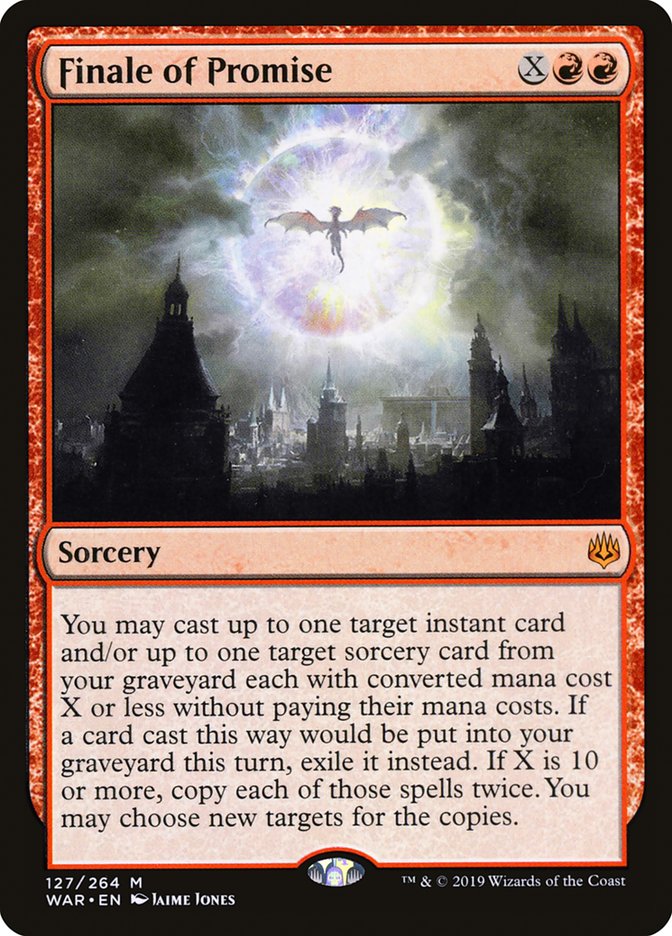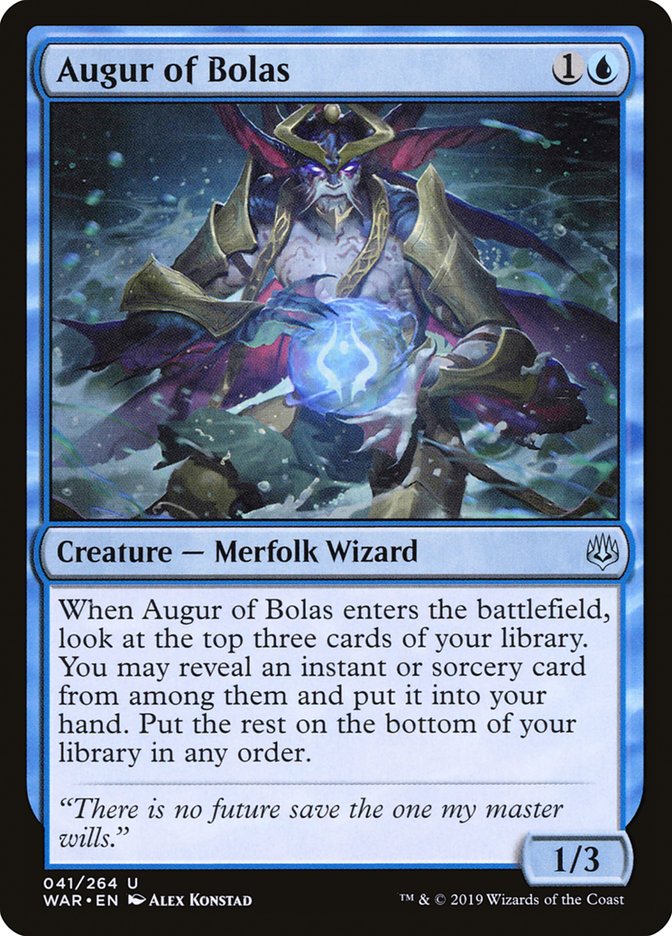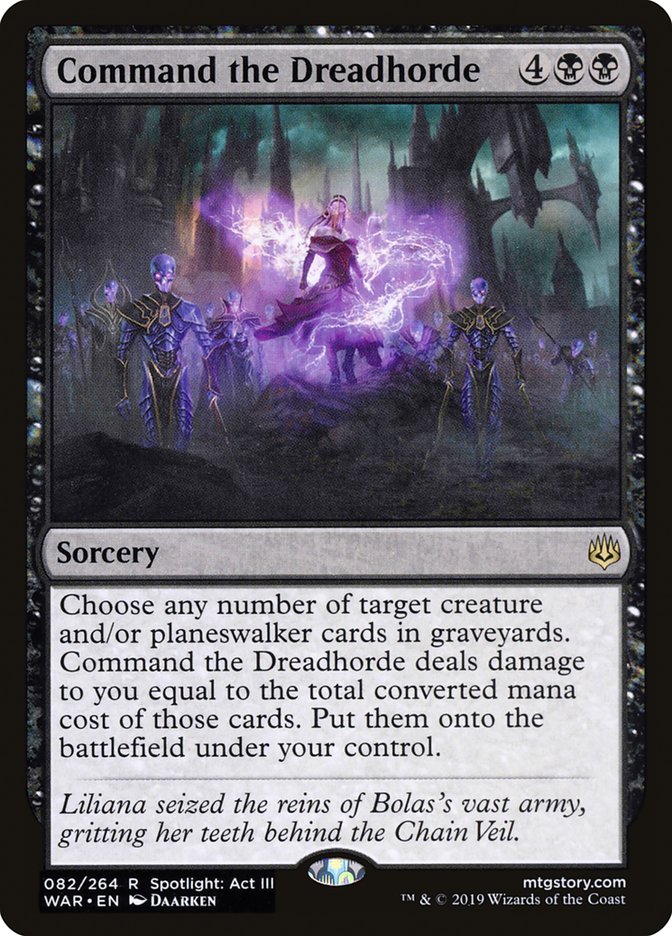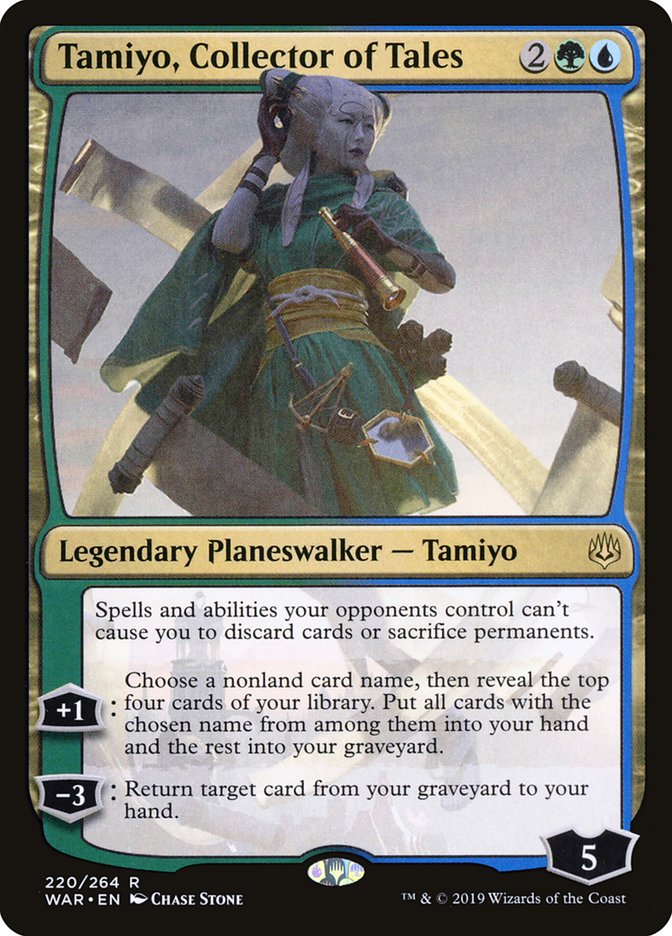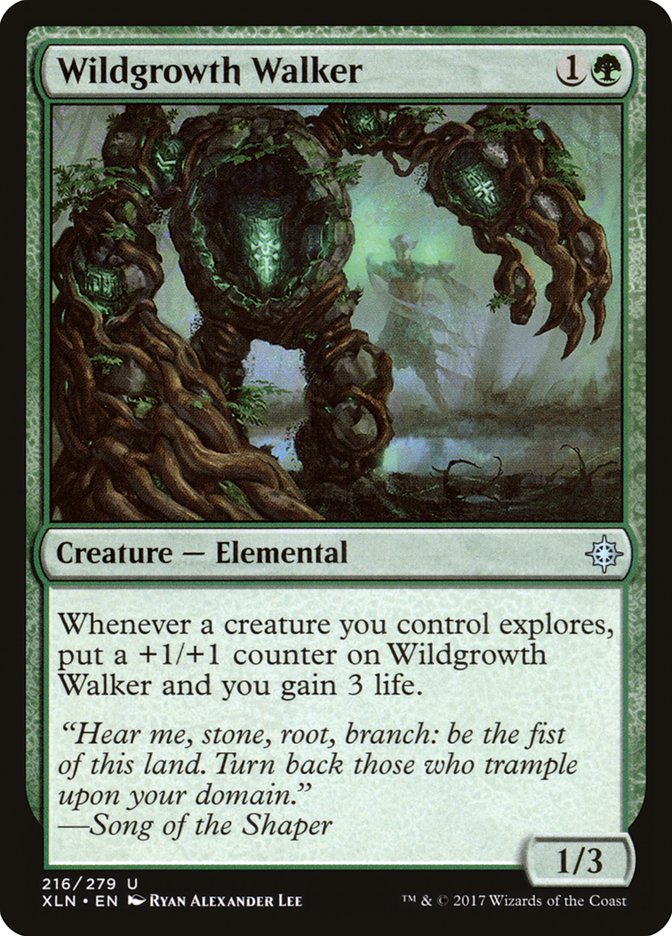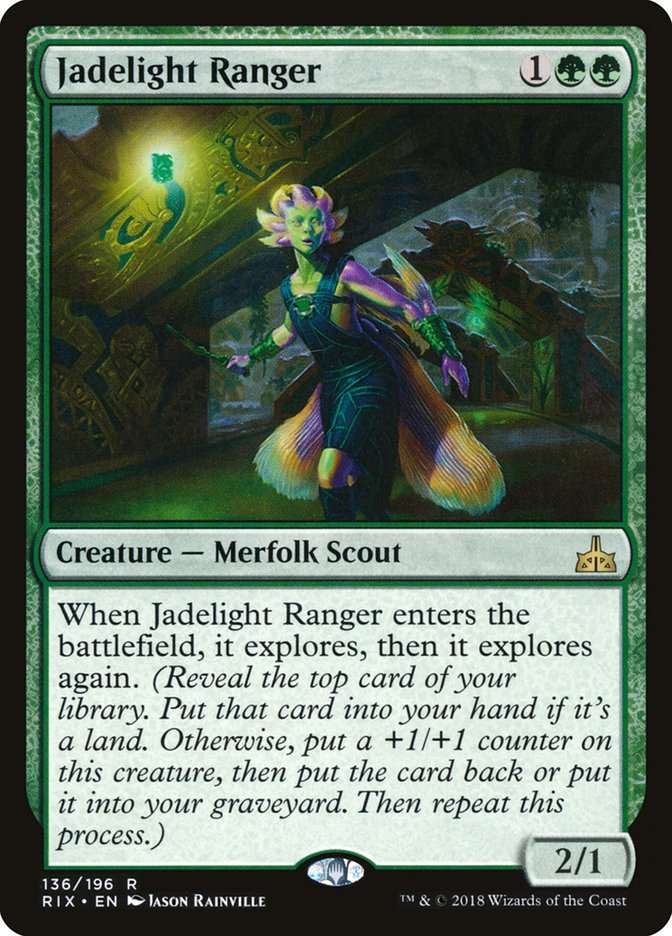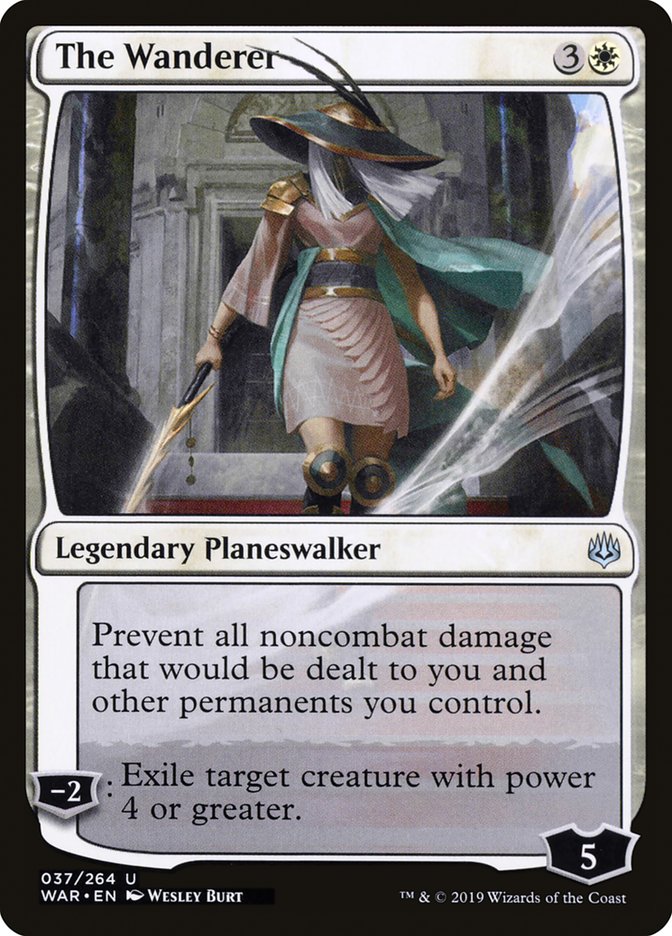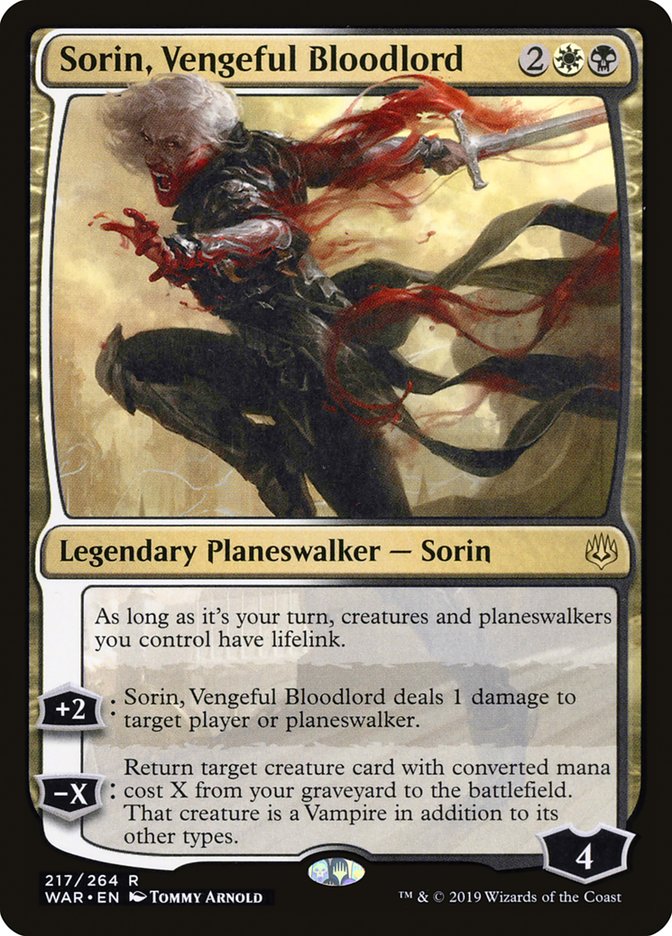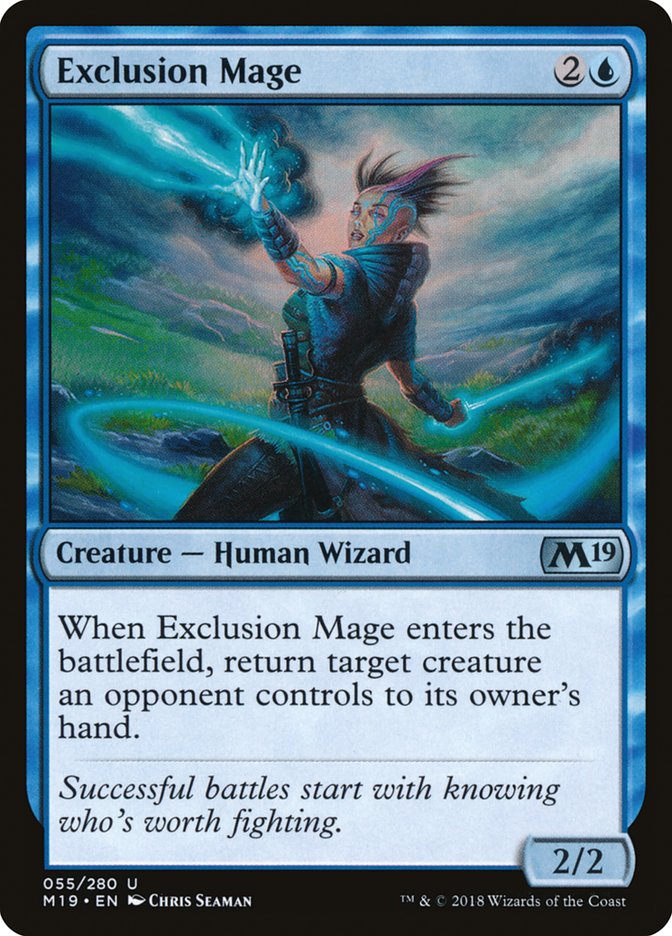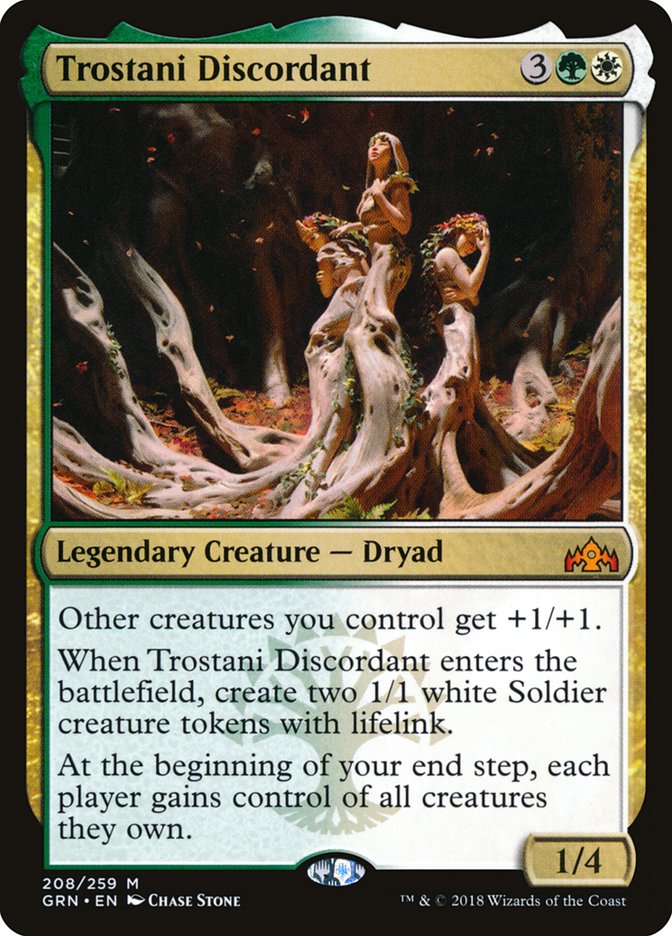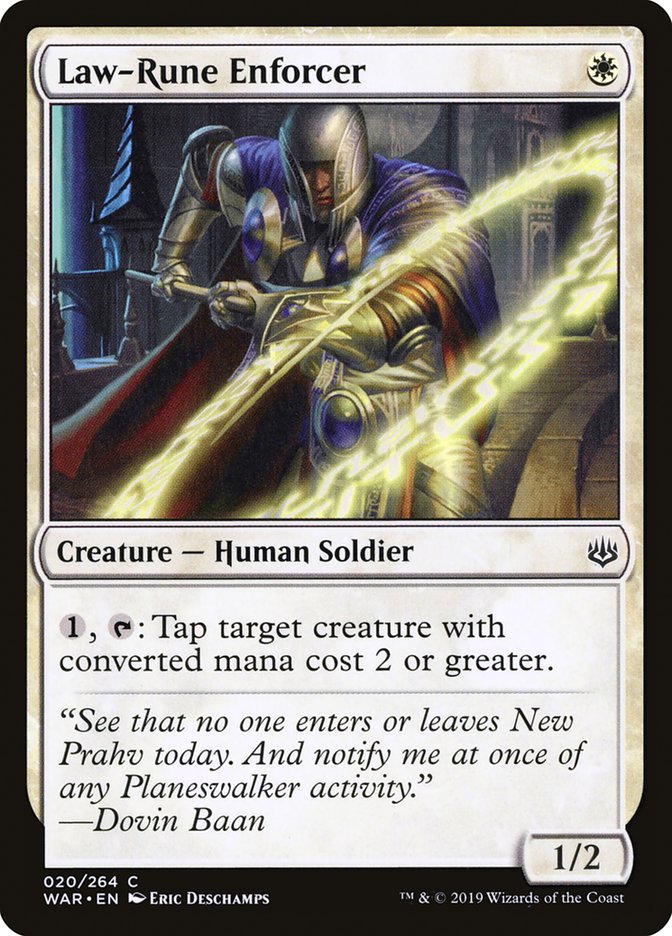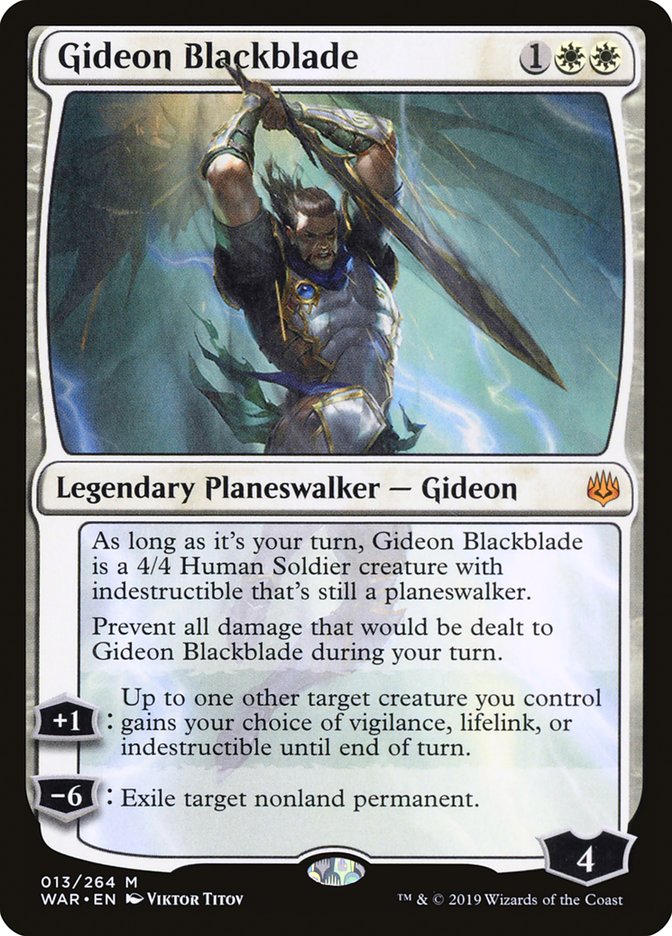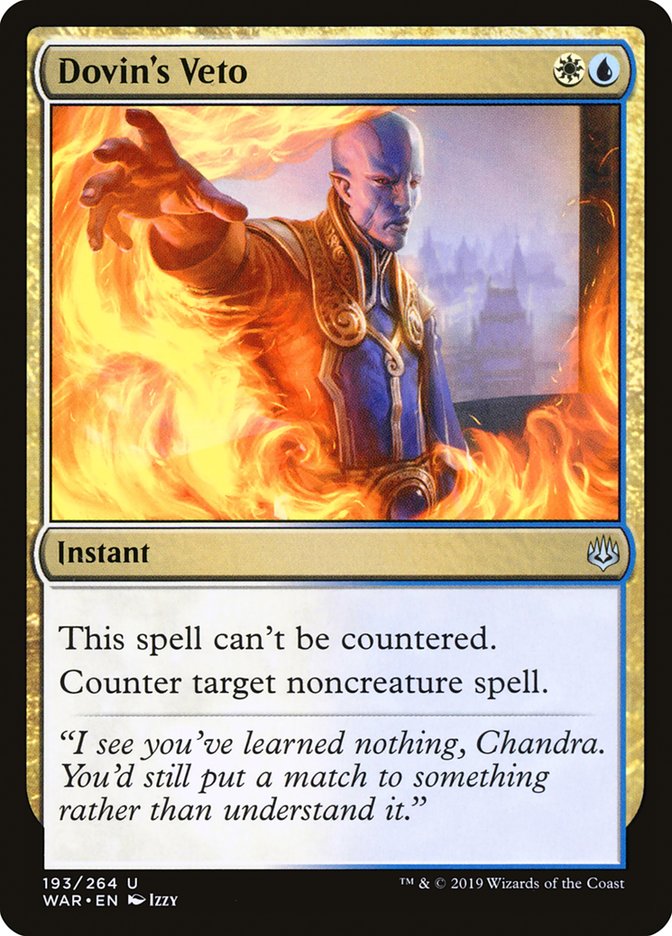SCG Richmond set the stage for the War of the Spark Standard metagame. Simic Nexus and Mono-Red Aggro were the main headliners from that weekend. Since then we’ve had two weeks to digest the results from Richmond and accumulate Magic Online and Magic Arena data, Mythic Championship Qualifier results, and general firsthand experience with War of the Spark Standard.
A few new contenders have popped up. Izzet Phoenix is back in full force, Simic Nexus is morphing into Bant Nexus again, and a wide variety of SuperFriends decks are running rampant on the format
Much has changed in the two weeks since SCG Richmond. A lot has also stayed the same. Has it changed so much as to take down the reigning champion of Mono-Red Aggro?
These are the four decks that I believe will perform well at SCG Syracuse and that I’d absolutely be proud to pilot myself.
#4 – Mono-Red Aggro
Creatures (20)
- 3 Fanatical Firebrand
- 4 Ghitu Lavarunner
- 4 Goblin Chainwhirler
- 4 Viashino Pyromancer
- 1 Legion Warboss
- 4 Runaway Steam-Kin
Planeswalkers (2)
Lands (20)
- 20 Mountain
Spells (18)

There are no wrong threats, only wrong answers.
I wouldn’t count out the champ for SCG Syracuse. Sure, a couple of weeks have passed and people have tuned their lists better and discovered some new builds. Is that enough time? Have people corrected their decks to combat Mono-Red Aggro efficiently while not sacrificing significantly in other matchups?
Mono-Red Aggro is not a great viewing experience for streamers. It’s not always particularly fun to play with and against. Week 1 gave new toys in Tibalt, Rakish Instigator and Chandra, Fire Artisan, but those are boring old news now. Mono-Red Aggro won’t get your creative juices flowing or give that satisfactory feeling of cleverness.
What Mono-Red Aggro does is win. Nothing flashy, just gets the job done.
I’ve been liking the split of Experimental Frenzy and Chandra, Fire Artisan. They work well in tandem and poorly as multiple copies of either individual card. Finding a second copy of Experimental Frenzy on top of your deck is the worst, a Chandra not so much, and vice versa. If I were to include a fifth copy of a four-mana card, I’d lean towards the third Chandra in the 75.
I’m onboard with Risk Factor in the sideboard to slant more heavily towards the burn plan once the opponent loads up on removal and efficient blockers. Oftentimes creatures are a liability after sideboarding when cards like Moment of Craving and Enter the God-Eternals are waiting for a juicy target. Risk Factor allows you to discard them when they’re past their prime without you exposing them to a means for lifegain from the opponent.
Mono-Red Aggro performed well at SCG Richmond due to the freshness of the new format and because other decks weren’t as optimized. I don’t think there will be more or less hate for Mono-Red at Syracuse compared to Richmond. Most people don’t believe that Mono-Red can run it back because of how aware people are off it. This sometimes creates a mentality of “Other people will solve Mono-Red, so why should I worry about it?” A small window of thought like that is all it takes for Mono-Red Aggro to “fun police” everyone right on out.
#3 – Izzet Phoenix
Creatures (13)
Lands (21)
Spells (26)

The newest hotness over the past week has been the development and success of Izzet Phoenix. It harnesses the power of Finale of Promise to cast the requisite three spells from a single card to return the flappy firebirds from the graveyard to the battlefield.
Izzet Phoenix was a preexisting archetype that previously loaded up on Drakes more with Enigma Drake and the full number of Crackling Drake. Pteramander was an honorary Drake that sometimes played the role as well. A newly reprinted creature from War of the Spark now fills the needs for Izzet Phoenix…
Now you have Augur of Bolas to help bridge the deck together by posting up a defense on the ground so you’re not as easily run over by Mono-Red or Mono-White Aggro. The 1/3 isn’t so incidental as it attacks planeswalkers well, which are becoming more and more prevalent in Standard as various SuperFriends decks pop up.
Izzet Phoenix is trending upwards and is pretty fun and skill-testing. I expect it to be very popular in Syracuse and perhaps even the most-played deck. Through sheer numbers, it’s likely an optimal build will surface and that Izzet Phoenix will put multiple people into the Top 8.
#2 – Four-Color Dreadhorde SuperFriends
Creatures (16)
Planeswalkers (13)
- 2 Teferi, Hero of Dominaria
- 3 Vraska, Golgari Queen
- 4 Teferi, Time Raveler
- 4 Tamiyo, Collector of Tales
Lands (27)
Spells (4)

This four-color concoction has been brewing in the minds of Ondrej Strasky, Stanislav Cifka, Ivan Floch, and others for a few days now. It combines all the best planeswalkers from War of the Spark in an explore shell involving Wildgrowth Walker, Merfolk Branchwalker, and Jadelight Ranger. The explore shell was similarly put to good (evil?) use with Bolas’s Citadel. Command the Dreadhorde does more than what Bolas’s Citadel does and much faster. It just takes normal gameplay with some help from Tamiyo, Collector of Tales.
Tamiyo, Collector of Tales helps you find you four-ofs, namely Command the Dreadhorde. The remaining cards end up in your graveyard to ensure that you have worthwhile creatures and planeswalkers to reanimate with the Command. After the dust settles, Tamiyo’s -3 can cherry-pick goodies from your graveyard, including the deck’s signature card.
Interplanar Beacon is incidental lifegain that adds up when you want to cast a huge Command the Dreadhorde. Wildgrowth Walker and explore creatures pad your life total too, all while providing roadblocks for your planeswalker friends. It’s common to cast Command the Dreadhorde and go down to one to five life, and then have a pile of Wildgrowth Walker triggers bring you back to a healthy total.
I’d look into getting a couple of copies of The Wanderer in the deck, likely over at least one Massacre Girl and a Vraska, Golgari Queen. Damage-based removal is on the rise, so the static ability of The Wanderer plays well against the field. The wombo-combo is with Command the Dreadhorde to not take any damage from your powerful sorcery on resolution. If The Wanderer is in your graveyard (or on the battlefield) when you cast Command the Dreadhorde, you can return any or all creatures and planeswalkers from graveyard into your side of the battlefield.
Sorin, Vengeful Bloodlord also interests me in small numbers. The lifelink works well to fuel Command the Dreadhorde, and bringing back whichever explore-package creatures you’re lacking seems appealing too.
Looking to be a blast to play is a main draw for me with this deck. It’s fairly new and off the radar at the time of writing. The power level is certainly there and has multiple extremely skilled pros backing it and running the deck into the single-digit Mythic rankings on Magic Arena. I expect this deck to have captured the interest of a handful of skilled pilots for SCG Syracuse.
#1 – Azorius Aggro
Creatures (26)
- 2 Adanto Vanguard
- 4 Skymarcher Aspirant
- 4 Snubhorn Sentry
- 3 Benalish Marshal
- 4 Dauntless Bodyguard
- 4 Venerated Loxodon
- 4 Law-Rune Enforcer
- 1 Tomik, Distinguished Advokist
Planeswalkers (4)
Lands (20)
Spells (10)

I’ve been jamming Mono-White Aggro for the past six months. Not Azorius. I firmly believed that splashing red or blue wasn’t worth the sacrifice in consistency for a bit more power, but Teferi, Time Raveler changed it all.
Before Mythic Championship Cleveland earlier this year, I was looking for reasons to play blue. Many people swore by Deputy of Detention and sideboard counterspells, but I didn’t want to fill my deck with more three-drops and reactive cards. Demystify did most of what I wanted out of counterspells to deal with Wilderness Reclamation.
What I really wanted was a bounce spell to get back creatures stolen with Thief of Sanity, Hostage Taker, or Entrancing Melody. I was eyeballing Exclusion Mage hard and even thinking about splashing green for Trostani Discordant.
The merits of Teferi, Time Raveler are enormous. It solves problematic permanents so you don’t have to play as much removal like Conclave Tribunal, which can be rather clunky in opening hands when you want to come out of the gates quickly. Mono-White Aggro players always had to tiptoe around midcombat removal for Benalish Marshal or Conclave Tribunal. Making middling attacks into a possible Settle the Wreckage was always a concern. The static ability of Teferi, Time Raveler is tacked on largely for free and stopping Wilderness Reclamation is just a bonus.
You can even return Legion’s Landing to produce an extra token or Venerated Loxodon to re-up on counters. You can choose a different target for a Conclave Tribunal, which is especially nice if you exiled a Hydroid Krasis or another permanent that’s really weakened when it returns to the battlefield.
Other notable War of the Spark additions include Law-Run Enforcer, Gideon Blackblade, and Dovin’s Veto.
The little Law-Rune Enforcer’s extra toughness helps when trying to hedge around Goblin Chainwhirler, so you no longer need Rustwing Falcon or Hunted Witness. You can tap down virtually every relevant creature running around that’s not a token or a Llanowar Elves. One of my favorite moves is to give Law-Rune Enforcer vigilance with Gideon Blackblade and then tap down a blocker after attackers are declared.
In Mono-White Aggro I’m very high on Gideon Blackblade. Given the strength of Teferi, Time Raveler; History of Benalia; and Benalish Marshal, the deck just can’t support as many three-drops as you’d like to stuff in there. At the end of the day, a 4/4 for 1WW is a heck of a deal and the +1 gets used for all three of his modes. Having a safety valve of Gideon’s -6 for any nonland permanent is also nice to have access to.
I stuck to my guns for the better part of a year while I kept to Mono-White Aggro over Boros or Azorius. I thought I’d die on that hill, but sometimes you gotta know when to hold ’em and when to fold ’em.




